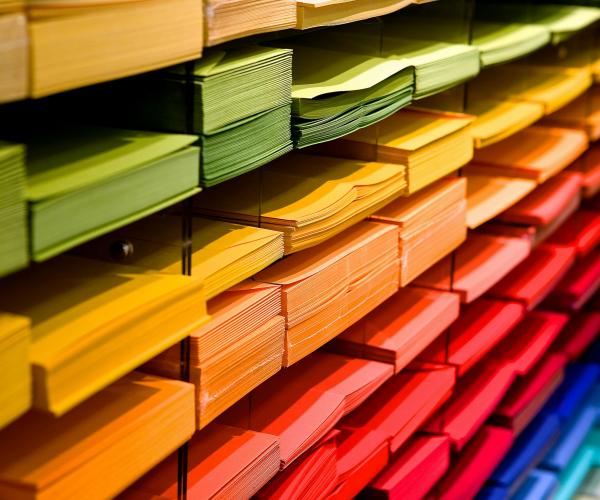Details of Web Design


There is no arguing that content is the most important part of your website. This can cause some people to incorrectly think that design does not matter much. The details in web design are what send subtle messages when a visitor clicks onto a page. Because, the design elements also determine what a visitor will most likely see, here are some of the most important web design elements that you cannot overlook:
1. Link Color
Links often appear in different colors depending on whether they are inactive, active, or hovered. Each of the states can be a different color but those colors between all of those states should remain consistent through the site. The choice of these colors must be done with care in order for them to be easily recognizable. Choosing the best colors will make links easily seen on a page and avoid blending into the point of it not seeming like a link. It is important to make sure the colors used can be seen regardless of where you place them on the page.
2. Forms
Forms are often overlooked but they are in need of design as well. Here are three things you should consider when a form is being designed:
Design
It should be clear to your website’s visitor that they are on a fillable form and not some random content. At the same time, it should also be well designed to match the rest of your site.
Required Fields
If there is a specific field that you would like filled out all the time then marking it as a required field will help to do just that. Using an asterisk or changing the color of the wanted fields to be required helps visitors know what information is the priority. This also gives them choices on the rest of the information.
Validation
Providing a way to let the user know they have submitted their information is important. It can be annoying to wonder if the information was sent when there is no confirmation. A message of some sort to thank the user for filling out the form is a simple but great way to confirm the information will be received. An example could be: "Thank you! You are now signed up for our newsletter."
3. Layout of Information
Everyone has a natural way of reading. In most languages, text is read from left to right and top to bottom. Visitors are more likely to scan a webpage before reading anything completely. Take this reading habit into consideration so people see the most important information. The best layouts have important information laid out in an "F" or "Z" shape to account for scan reading.
4. Fonts
There are so many random fonts that may tempt you to use "fancy" or unusual fonts in the hope that it will make you stand out. More than likely it will distract from your content and potentially take away from the overall design of your website. Internet users are familiar with a handful of plain, basic fonts and keeping to this normalcy is always well received. Using any outliers or awkward fonts will cause an unconscious feeling of something being "off". Keep your fonts plain and limit the number to no more than three throughout your site.
5. Color
Color often will convey a certain feeling to the viewer. It creates a psychological message that can either help or hinder your efforts based on how color is implemented. From this there are three main "rules" or heavily advised suggestions to bear in mind about the color:
Stick to basic colors
Neutral colors like shades of brown or grey often pair well with other colors you might have. Along with this is colors that represent your type of work, such as green for companies that deal with items like plants or blue for companies that work with water.
Fewer colors, the better
Just like the font section, having a max of three colors that complement each other would be an advisable limit. Going past this has a high potential to drive away visitors of your website from first glance. Sensory overload from colors can be easily achieved and should be avoided.
Color accuracy
Colors are subject to interpretation and are not always the same for everyone. This is because of different factors ranging from age to gender. One shade of red may appear slightly dark or lighter for each person. Even though this is the case it is a good idea to pick a color that best represents your design. If you choose to use red then pick a version of red that further away from pink. A rosy red would be best so that when it is seen as a lighter color then it stays as a red and does not deviate too far from your website’s design.
Final Thoughts
These are only a few elements that go into web design (for a more detailed breakdown, view our blog about the design process from start to finish). As seen above some of the simplest things can have a huge impact on your site and your message. Do not consider design elements something you can ignore. Design is the very thing that can make your website a place where visitors feel more welcomed.
